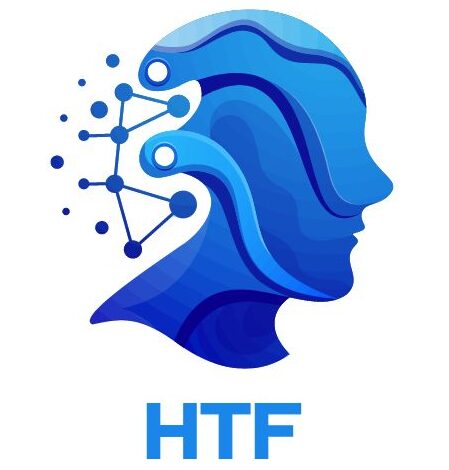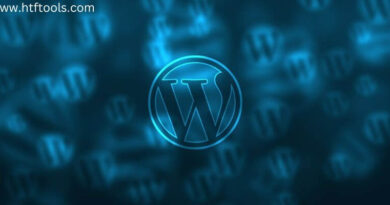Top 9 Open-Source Database Software Picks in 2024

Introduction
We will see you in this blog Top 9 Open-Source Database Software Picks in 2024. So database software software tools give you power over every application you can think of. Thus it could be a social media giant storing user information or a spooky hacker on the Dark Web that stores your personal and financial information. In addition, most companies today need some kind of database. So it is not always easy to know which will best suit your needs.
Thus they started as a set of punch cards, but now have monster databases capable of storing petabytes of information. This makes it difficult for new users to find database software solutions for their business. As well as there are three types of databases. What we see most often: are relational databases, document databases, and graph databases. There are numerous additional NoSQL database solutions. So let’s focus on these popular choices.
Best Free Relational Databases
1. MySQL
This MySQL has been around for over 30 years. As well as it has evolved a lot since then. So it’s still free and open source, but there are many more GUIs and command line tools to manage and access MySQL. Thus it can be found in the software software category of our non-native database MGMT systems. The Open Source Community Edition includes plug-in storage engines, MySQL replicas, connectors, and more. Thus running on almost every platform and operating system.
Thus the tool has 217 reviews on the G2 core. So an average of 4.4 out of 5 stars. For relational databases, it was named the leader in G2Code’s Summer 2016 grid. As well as being used equally in small, mid-market, and enterprise businesses and industries. Which powers huge applications like WordPress and Facebook. Also for high-volume sites, enterprise fur may be more suitable to meet your needs.
2. Microsoft SQL
The second largest in the world of relational databases, Microsoft SQL has been around since the late 1980s. Empowers big popular companies like Nasdaq, Yahoo, and Dell. Thus Microsoft provides a free building free Express version for creating small applications. Which can host up to 10 GB of data. So it comes with development tools, management tools, and Azure Backup and Restore. Databases are therefore fast, easy to use, graphical or command-line management interface, various forms of connection, and versatile connectors. Which means I’ve never had a problem with SQL Server in years. For smaller workloads, up to 10 GB is the free version of all the most used features.
3. PostgreSQL
If you want in this database. Although it is not quite old or widely used, it is still more than 20 years old. Empowers large corporations such as ADP, Fujitsu, and Cisco. Thus, according to its site, 30 percent of tech companies used PostgreSQL as the key to the application in 2012. The tool has a generous open-source license. Which allows users to freely modify the code for their specific company requirements. So some of its main features include table heritage, wreath transactions, and asynchronous replicas.
Best Free Document Databases
4. MongoDB
Unlike these normal SQL databases, MongoDB is relatively young. So it was launched in 2009, but according to its site, there are already over 30 million downloads. Thus corporations like Expedia, Forbes, and MetLife use it to store and manage their sensitive information. Which works on free and open-source tool platforms. Provides drivers for 10-plus languages, including Python, Java, and C ++. So its main features are indexing, hd-hwq querying, and replication of high-availability data.
5. CouchDB
This CouchDB is a few years older than Mongodb. So it uses the same file notation format, JSON. It was developed by the open-source giant Apache and released in 2005. If you look at these databases, document-oriented database software software solutions, are sometimes called document stores. As you can guess, it is used to manage document-oriented data. So they are one of the most common non-SQL, or NoSQL, databases used today. Also, unlike SQL database servers, document databases store all available data, not a set designated by the programmer. This also makes them more flexible and dynamic. So managing a lot of data for web developers is constantly changing.
6. DynamoDB
This DynamodeBy is a fully powered offering fur from Amazon Web Services as part of its Cloud Products. So it’s not completely free, and while AWS offers a free level fur with limited capabilities. Will be warned as well. Thus if you are more than free-tire consumption, you have to pay the difference. Thus offering a free fee allows the application to handle 200 million requests per month. Which stores 2.5 million read requests and 25 GB of data per month from DynamodyB streams. Also, most of the paid are scalable depending on the usage of the application.
7. ArangoDB
This ArangoDB is probably the most popular graph database in use today. So it was published in 2015 and fits several categories on our site, including graphs and document databases. Thus its main functionality for graphs and cluster datasets is divided into three parts. So its graph features include pattern matching, distributed graphs, and nested properties. Thus it does not create a Spring 2016 grid for document databases. It is, therefore, the highest-rated product in the G2Core graph database category. As well as being the fourth-largest product in the G2Code document database category.
8. Neo4j
The Neo4j is another open-source graph database, but it’s a little older. So it was launched in 2007 and uses ciphers. The query language described on Jenny’s site is “the most effective and meaningful way to describe relationship issues.” Thus the graph database forms the Neo4j core. It therefore provides additional products for analytics, data discovery, and development. Key features of the database include high availability, backup online backup, and “whiteboard-friendly” data modeling.
9. OrientDB
The OrientDB Database is a relatively young database management solution with support for graph, document, key-value, and object-oriented database models. So it is open source and supports Gremlin programming / querying language. Through which the product’s graph database tools support SQL as well. So other features include JSON libraries, ACID transactions, and distributor cluster configuration. Also an interesting component of the tool, however, is its graph editor for easy visual data manipulation.
Thanks for reading Top 9 Open-Source Database Software Picks in 2024, I hope you enjoyed reading this and found it useful.




